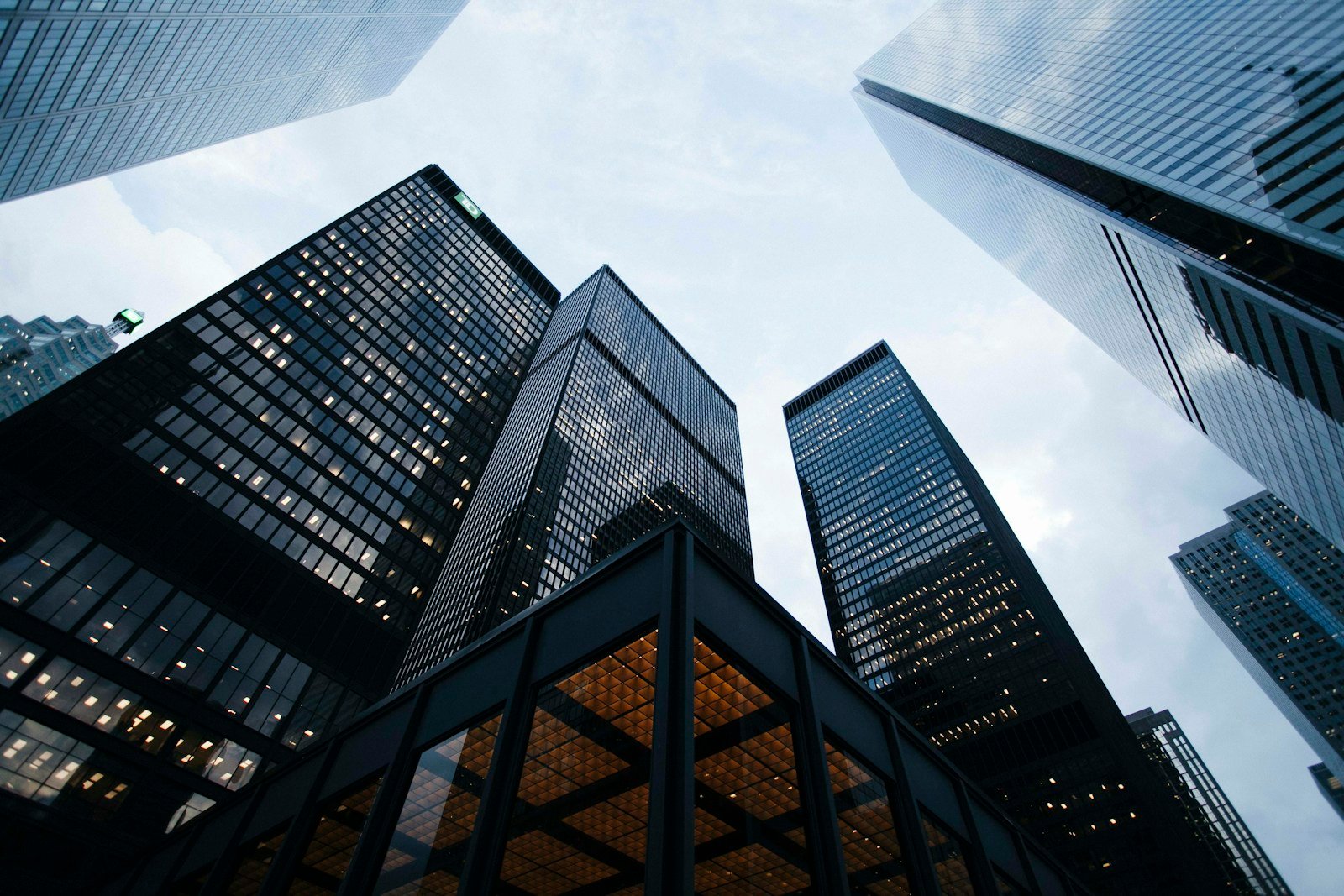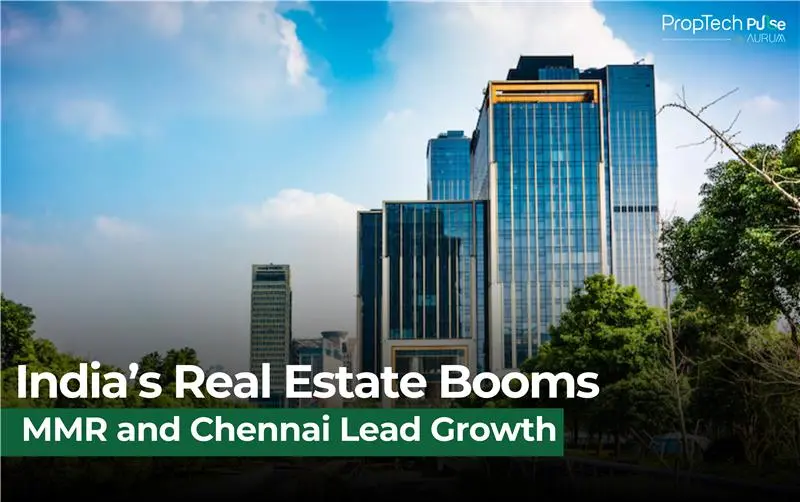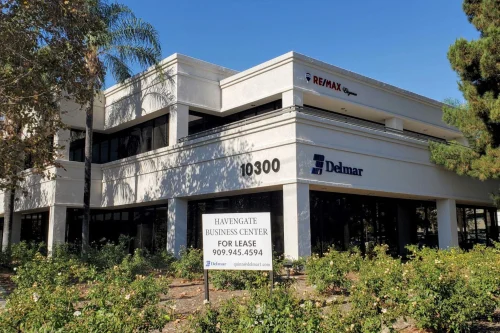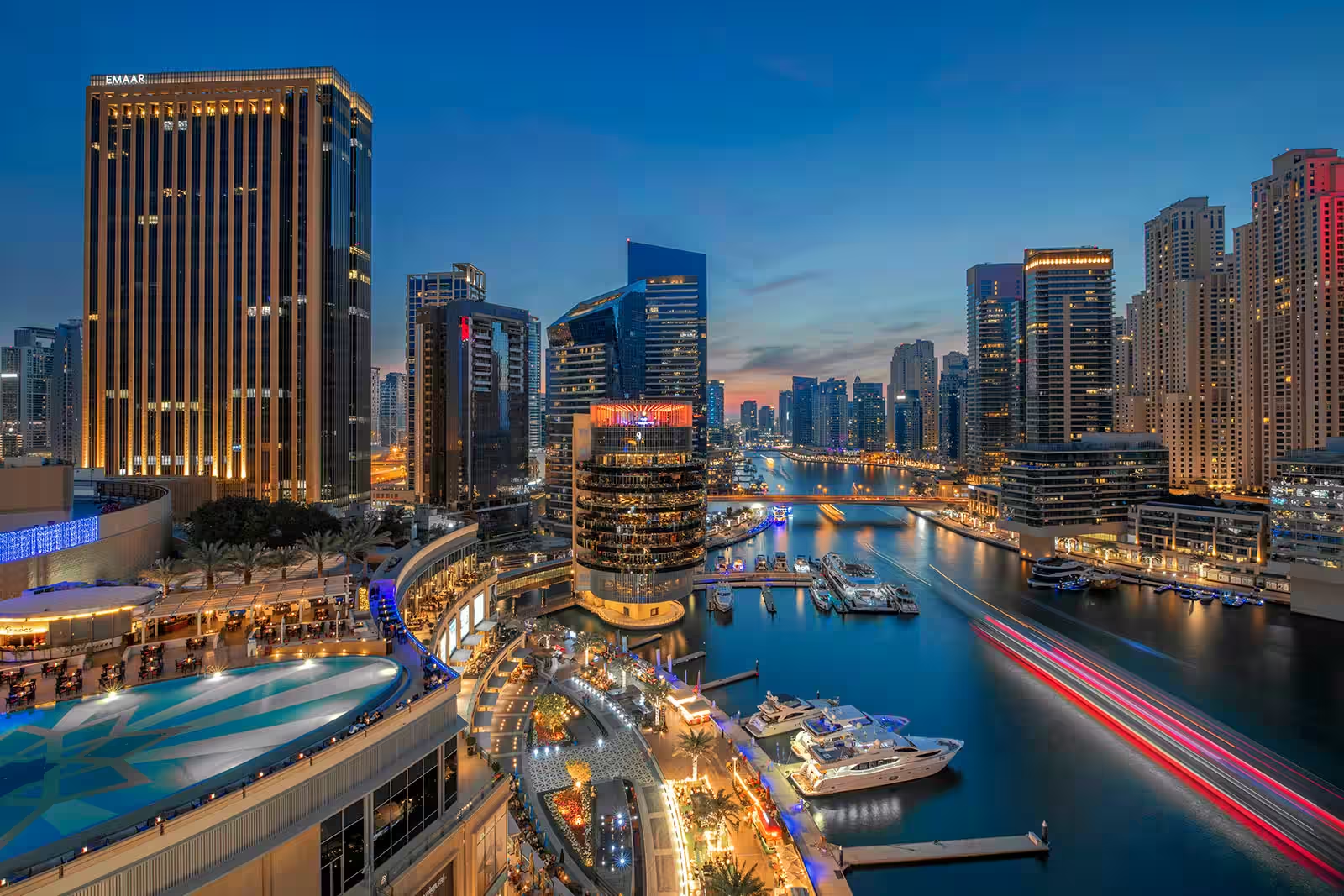Now Reading: India’s Commercial Real Estate Surges in 2025:“A Lucrative Time for Property Portfolios”
-
01
India’s Commercial Real Estate Surges in 2025:“A Lucrative Time for Property Portfolios”
India’s Commercial Real Estate Surges in 2025:“A Lucrative Time for Property Portfolios”

Table of Contents
With over 800,000 monthly searches for “commercial real estate,” the sector is quickly emerging as one of the hottest investment frontiers in India. As office culture returns, hybrid models expand, and new businesses mushroom across metros and Tier-2 cities, commercial properties are becoming a focal point for growth-driven investments.
From co-working hubs and retail spaces to warehousing and tech parks, the landscape is more dynamic, digital, and diverse than ever. Whether you’re a startup founder, seasoned investor, or corporate decision-maker, 2025 offers unmatched opportunities in commercial real estate.
Demand Rebounds as Offices Reopen
After two years of caution, 2025 is witnessing a clear revival in office space demand. Corporates are reconfiguring their work environments to include collaborative hubs, breakout zones, and tech-enabled meeting rooms. This has sparked a sharp uptick in leasing activity, particularly in cities like Bengaluru, Hyderabad, Pune, and Gurugram.
Listings on platforms such as MagicBricks, 99acres, and Square Yards show a significant increase in available spaces, and many entries include backlinks to detailed floor plans, site walkthroughs, and virtual office setups.
Flexible floor layouts, smart amenities, and proximity to public transit have become essential features, pushing developers to modernize their offerings quickly.

Co-working Spaces Lead the Charge
A major trend driving commercial real estate in 2025 is the explosive rise of co-working spaces. Once considered a startup-only solution, they are now being embraced by mid-sized firms and even enterprise-level corporations. Companies are ditching long-term leases in favor of flexible, scalable arrangements.
Co-working operators like WeWork, Awfis, and Smartworks are expanding aggressively, offering everything from hot desks to custom-managed office suites. These companies often list their spaces with backlinks to booking pages, customer testimonials, and live availability updates, making decision-making swift and simple.
This shift is especially appealing to companies seeking to operate across multiple cities without locking up capital in real estate.
Tier-2 Cities: The Dark Horses of 2025
While Mumbai, Delhi NCR, and Bengaluru continue to dominate the scene, Tier-2 cities like Indore, Jaipur, Kochi, and Bhubaneswar are quietly turning into commercial powerhouses. They offer lower operating costs, less traffic, improving infrastructure, and access to a skilled, affordable workforce.
Businesses are now leasing properties in these cities for back-end operations, regional offices, or logistics hubs. The search volume for “commercial spaces in Tier-2 cities” has spiked, and real estate portals are actively promoting these listings with backlinks to regional property data, builder profiles, and civic development plans.
Investors are taking note—especially NRIs and HNIs looking to diversify into commercial property without the sky-high metro price tag.

Retail Revival Adds Spark to Real Estate
Retail is back—and how. As footfalls return to malls, shopping streets, and entertainment zones, demand for retail commercial spaces has jumped considerably. Businesses in the fashion, F&B, and electronics sectors are actively seeking high-footfall zones for expansion.
In response, developers are revamping malls, launching high-street retail complexes, and offering modular store units. Listings for retail spaces often come with backlinks to footfall reports, mall layout maps, and leasing options.
This retail bounce is also encouraging new formats like experience-based outlets, pop-up stores, and hybrid service spaces, adding vibrancy to commercial real estate portfolios.
Warehousing & Logistics: Silent Game-Changers
Behind the scenes, another commercial real estate segment is booming: warehousing and logistics parks. Driven by the growth of e-commerce, quick commerce, and online groceries, there’s rising demand for well-located, tech-enabled storage and distribution centers.
Cities like Bhiwandi (near Mumbai), Chakan (near Pune), and parts of NCR have become logistics hotspots. These listings now often include backlinks to drone views, connectivity maps, and utility infrastructure, helping logistics firms optimize their network.
Even small investors are entering this space through REITs and co-investment platforms, making warehousing one of the most promising long-term bets.
Hybrid Models Reshape Leasing Norms
A powerful shift in 2025 is the emergence of hybrid lease models. Landlords and companies are increasingly open to customized lease terms based on usage, seasonal demands, or shared revenues.
From plug-and-play conference centers to pay-as-you-go warehouses, businesses now want flexibility as much as functionality. Many real estate platforms now include backlinks to lease calculators, legal draft templates, and FAQs on flexible leasing—helping businesses and owners adapt with confidence.
This model is especially popular with D2C brands, logistics startups, and bootstrapped entrepreneurs seeking commercial infrastructure without heavy financial commitment.
Technology Makes it Easy to Invest and Manage
Thanks to digitization, commercial real estate today is more accessible and manageable than ever before. Real estate platforms now offer end-to-end digital assistance—from property discovery to documentation, from virtual tours to rental yield forecasts.
Backlinks on listings often lead to calculators for ROI, maintenance fees, and tenant turnover projections. Apps also offer dashboard tools for portfolio management, tax filings, and compliance tracking.
This makes it easier for new investors—especially from the NRI and millennial segments—to enter the commercial property game with confidence and clarity.

Sustainability: The New Business Mandate
More than ever, commercial tenants are asking for green buildings—offices with solar power, natural lighting, rainwater harvesting, and certified carbon neutrality. In 2025, sustainability is not just a bonus—it’s a business requirement.
Builders are stepping up by integrating eco-friendly designs, using recycled materials, and aiming for LEED and GRIHA certifications. Property listings on platforms often include backlinks to green ratings, utility cost projections, and ESG reports, making sustainability a factor in tenant choice and rental pricing.
Forward-looking investors are prioritizing these features, knowing they future-proof their investments.
Final Take: Opportunity Meets Momentum
India’s commercial real estate scene in 2025 isn’t just active—it’s thriving. Whether you’re seeking rental income, business expansion, or portfolio diversification, this is a time of unprecedented opportunity.
With digital tools, smart leasing, emerging cities, and sustainable innovation, today’s commercial real estate isn’t just about square footage. It’s about adaptability, visibility, and long-term value.
If you’re ready to ride the wave, now is your moment to explore, invest, and grow
Also Read –India’s Rental Boom: Why 2025 is the Smartest Time to Secure Your Dream Apartment






















